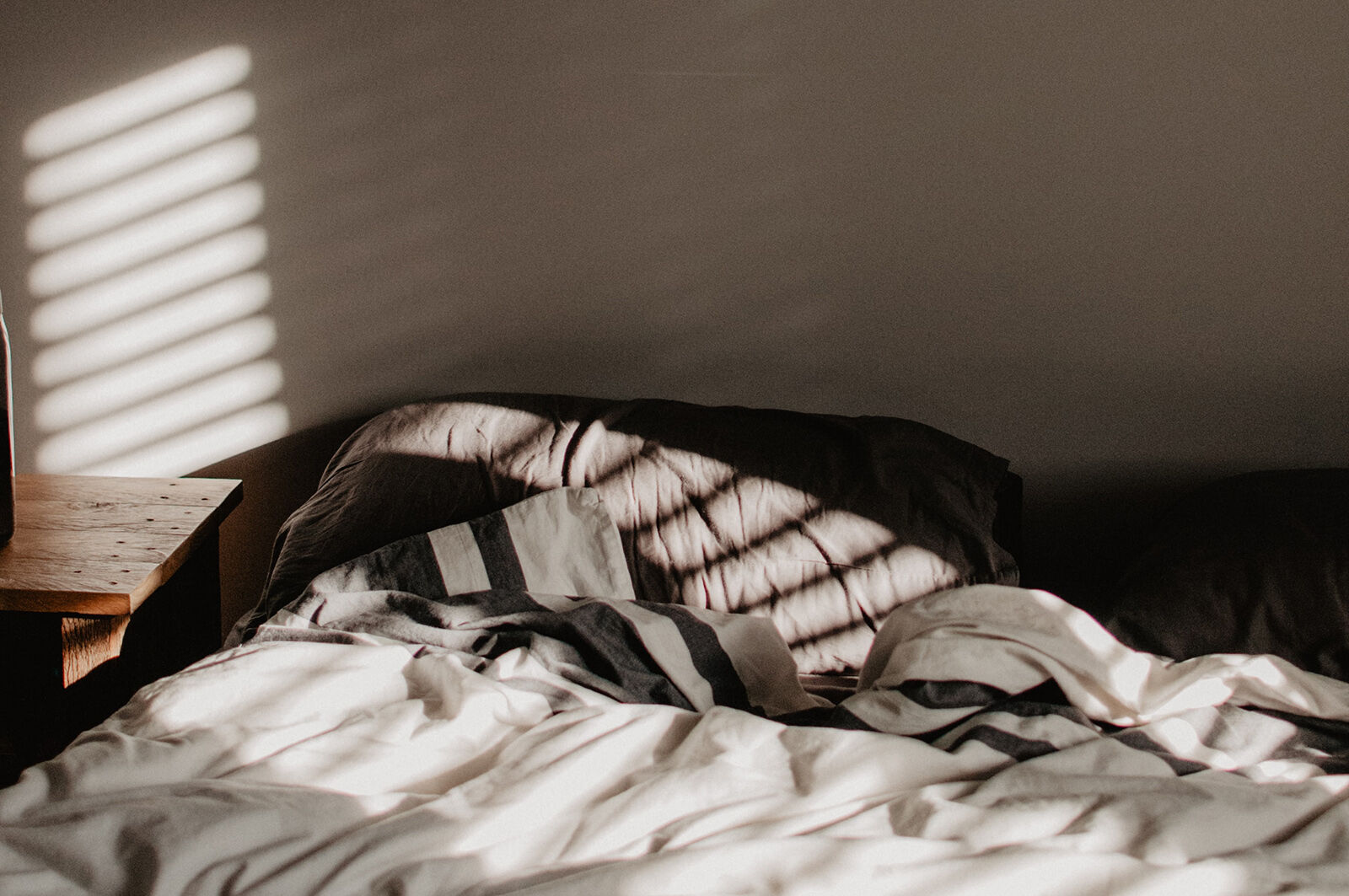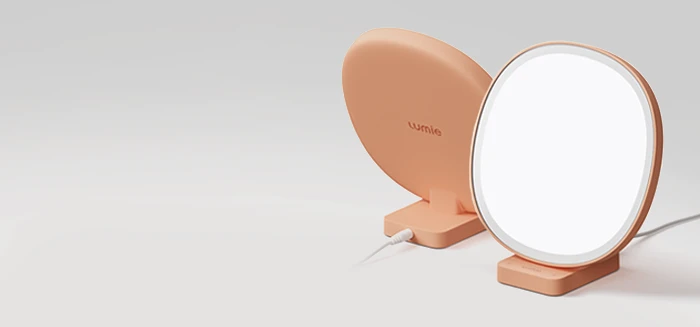Sleep Research Papers

J Sleep Res. 2024 Feb 27:e14184
Sleep and light exposure of 247 Dutch children (11-13 years) were measured for 7 consecutive nights. The findings indicate that the timing and duration of exposure to bright light in the morning and in the evening impact children's sleep onset and duration.
Sci Rep. 2023 Aug 1;13(1):12425
This research indicates that use of an electric light (tunable, LED, or dawn-simulating) in the morning and during the day promotes circadian phase advancement and improves sleep quality. Using mobile phones in bed before sleep negatively impacts mood, sleep quality, memory and concentration.
PLoS One. 2023 Aug 22;18(8):e0273269
This research investigated whether bright light in the morning could increase alertness in school students. Bright light therapy was observed to be associated with improvement in sleep cycle consistency, arousal, attention and functional connectivity.
Sleep Med Rev. 2015 Sep 9;29:52-62
This meta-analysis is a round-up of all the light therapy research in this field. Some studies were excluded (because of e.g. small sizes, inadequate controls) but of those that were valid, the authors said:
Behav Sleep Med. 2015 Aug 5:1-21.
Light therapy alone or with CBT was used to treat young adults with delayed sleep disorder - going to sleep late and waking too late. Light therapy was shown to correct sleep-wake rhythm by phase-advancing in both groups.
Photochem Photobiol. 2015 May-Jun;91(3):567-73.
Twelve subjects wore a light visor [like a cap with LEDs in the peak] with seven of them showing improved sleep quality both subjectively (based on questionnaire results) and objectively (based on actigraphic data - a device worn on the wrist that records movement).
Sleep Med. 2015 Feb;16(2):288-97.
Morning bright light (and taking melatonin in the afternoon) is "an efficient treatment to phase-advance human circadian rhythms.”
Sleep Med. 2014 Dec;15(12):1554-64.
Short wavelength light around the blue-white part of the spectrum is known to provide a particularly strong 'it's daytime' signal to the brain and hence it's very useful in correcting circadian rhythms. To test phase-advance, participants in this study received short-wavelength light in the morning and wore short-wavelength-restricting glasses in the evening. To test phase-delay, participants received the glasses in the morning and had a light therapy in the evening. Both groups responded with significant phase shift as measured by respective earlier and later start to melatonin production.
J Clin Sleep Med. 2013 Jul 15;9(7):641-6.
Long-term shiftwork is notorious for messing with people's sleep cycle. This study involved female nurses that worked rotating shifts and suffered from clinical insomnia. Exposure to bright light during the first half of the evening/night shift was shown to improve their insomnia, anxiety and also depression symptoms.
J Pers Disord. 2013 Oct;27(5):680-96.
Morning light therapy significantly phase-advanced the sleep/wake cycle in patients with BPD. They noticed shorter sleep duration, less movement during sleep and increased skin temperature during sleep (a marker of relaxation). Daytime alertness also improved.
Clin Interv Aging. 2013;8:565-72.
Evening bright light shows promise as a treatment in this patient group with improvements to total sleep time, increased first SB length and daily activity.
J Physiol. 2012 Jul 1;590(Pt 13):3103-12.
Evening bright light exposure had a phase delay effect with marked melatonin suppression soon after exposure and subjects feeling sleepy at a later time.
BMC Res Notes. 2011 Sep 8;4:334.
Sleep disorders are common and a serious problem for millions of older adults. This study showed that comfortable, precise and effective doses of light can be prescribed to older adults to reliably stimulate the circadian system and presumably help regulate sleep patterns.
Clin Geriatr. 2008 Mar 1;16(3):25-31.
Mariana Figuero is a well-respected researcher in the light therapy field. This article also includes photos of Lumie bright lights as examples of suitable lightboxes!
Ann Acad Med Singapore 2008;37:669-76.
Appropriately-timed exposure to bright light can reset the timing of sleep and wake to the desired times, and improve sleep quality and daytime alertness.
J Biol Rhythms. 2005 Aug;20(4):353-65.
The authors show that melatonin and exposure to light at appropriate times can be used to re-set circadian rhythms.
Ciba Found Symp. 1995;183:303-17; discussion 317-21.
Dim light melatonin onset - the time at which melatonin starts to be produced in response to fading light - advances with exposure to bright light in the morning and delays with exposure to bright light in the evening. Shifting the circadian rhythm of melatonin with light can be applied in the treatment of winter depression, jet lag and shift work, as well as circadian phase sleep disorders.
Ciba Found Symp. 1995;183:254-90.
Research on humans shows, for the first time, that the response of the circadian pacemaker to light depends not only on the timing, intensity and duration of light exposure, but also on the number of consecutive daily light exposures.




